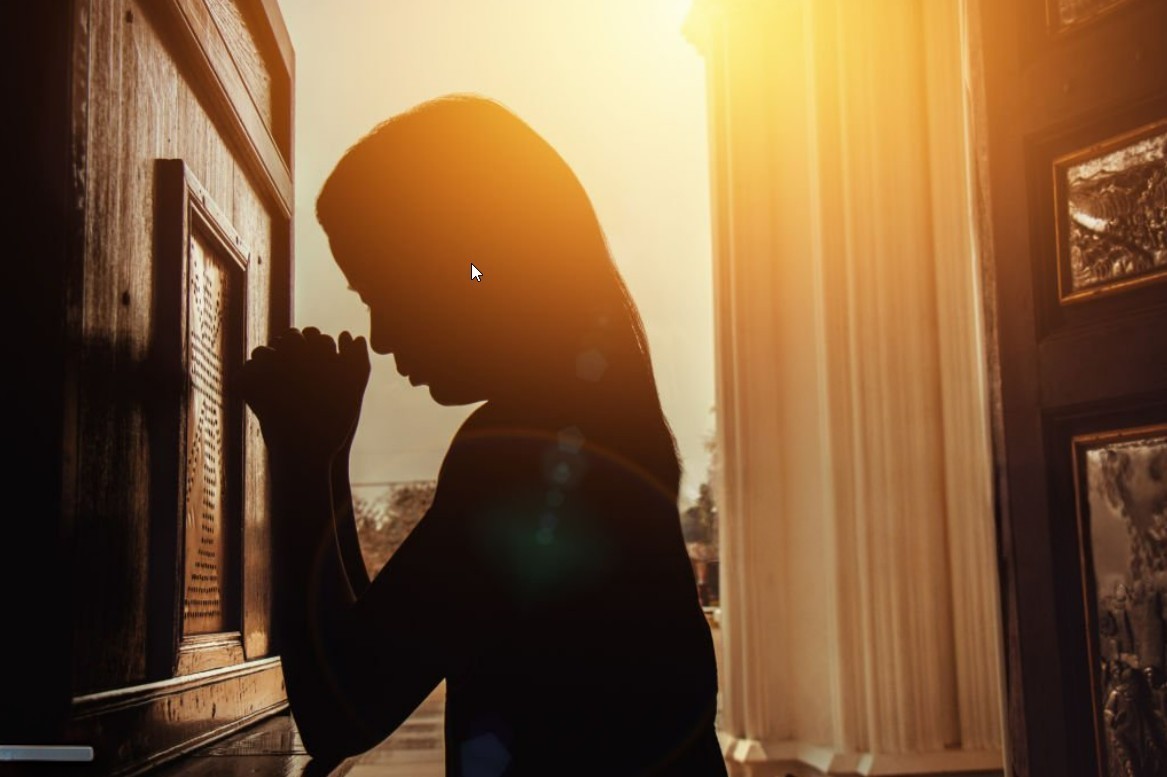A Call for Reparation and Salvation
The Seven Prayers of Fatima are powerful prayers that guide us toward spiritual healing and salvation. Given by Our Lady at Fatima, they call for devotion, penance, and reparation. By praying these, we unite with the mission to restore peace and bring sinners to salvation.
1. The Prayer of the Angel of Peace
This prayer is revealed by the Angel of Peace and is a request for reparation to God for the offenses against His presence.
- “My God, I believe, I adore, I hope, and I love You. I ask pardon of You for those who do not believe, do not adore, do not hope, and do not love You.”
2. The Prayer for the Conversion of Sinners
The Angel of Peace also offered this prayer, asking for God’s mercy on sinners and calling for their conversion.
- “O Most Holy Trinity, Father, Son, and Holy Spirit, I adore You profoundly. I offer You the Most Precious Body, Blood, Soul, and Divinity of Jesus Christ, present in all the tabernacles of the world, in reparation for the outrages, sacrileges, and indifferences by which He is offended. And through the infinite merits of His Most Sacred Heart and the Immaculate Heart of Mary, I beg of You the conversion of poor sinners.”
3. The Decade Prayer
This prayer is part of the Rosary devotion, recited at the end of each decade, asking for forgiveness and mercy.
- “O my Jesus, forgive us, save us from the fires of Hell, lead all souls to Heaven, especially those in most need of Thy mercy.”
4. The Prayer to the Immaculate Heart of Mary
This prayer expresses a profound devotion to the Immaculate Heart of Mary, asking for Her intercession.
- “O Immaculate Heart of Mary, pray for us now and at the hour of our death.”
5. The Five First Saturdays Devotion Prayer
This prayer calls for reparation for offenses against the Immaculate Heart of Mary, as part of the Five First Saturdays devotion.
- “O Mary, I offer You my prayers, works, joys, and sufferings of this day, in union with the Holy Sacrifice of the Mass, for the intentions of the Immaculate Heart of Mary.”
6. The Prayer for the Triumph of the Immaculate Heart
This prayer calls for the triumph of the Immaculate Heart and the conversion of Russia.
- “In the end, My Immaculate Heart will triumph.”
7. The Prayer of Penance
A prayer to ask for reparation for offenses against the Immaculate Heart of Mary and the conversion of sinners.
- “Sweet Heart of Mary, be the salvation of Russia, Spain, Portugal, Europe, and the whole world.”
The Importance of These Prayers for Our Time
These Seven Prayers of Fatima are crucial for our spiritual journey. They provide guidance and help us offer reparation for the sins of the world. Through these prayers, we unite in the mission to bring peace, conversion, and healing.
The Path Forward – Embracing Devotion to Fatima
These prayers are not just historical requests but ongoing spiritual tools for our time. Embracing them will help us fulfill Our Lady’s request and unite in the mission to restore the Church. Let us offer our devotion through the prayers of Fatima and make sacrifices for the conversion of sinners.
Summary
The Seven Prayers of Fatima hold a powerful promise for the faithful. By dedicating ourselves to these prayers, we can answer Our Lady’s call and contribute to the restoration of peace in the world. These prayers unite us in devotion, guiding us through the challenges of today.
